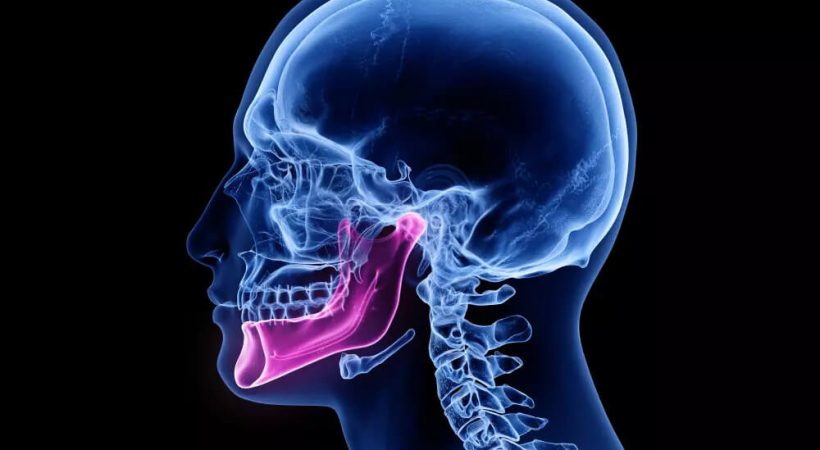Temporomandibular joint dysfunction, commonly known as TMJ dysfunction or TMD, is a condition that affects the joint connecting the jawbone to the skull. The temporomandibular joint (TMJ) allows you to move your jaw for activities like chewing, speaking, and yawning. TMJ dysfunction occurs when there is an issue with the jaw joint and surrounding muscles, resulting in pain, discomfort, and difficulty in jaw movement. It can be caused by various factors, such as jaw misalignment, teeth grinding, stress, arthritis, or injury to the joint.
Temporomandibular Joint (TMJ) Dysfunction
The most commonly reported symptoms of temporomandibular joint dysfunction (TMJ dysfunction) include jaw pain, facial pain, and headaches. Patients often experience discomfort in and around the jaw joint, making it challenging to open or close their mouths fully. Clicking or popping sounds when moving the jaw are also common. TMJ dysfunction can cause muscle stiffness and tenderness in the face, neck, and shoulders. Additionally, some individuals may suffer from frequent headaches, often originating from the jaw area. These symptoms can vary in intensity and may negatively impact a person’s ability to eat, speak, and perform daily activities comfortably.
At Functional Restoration Institute, our approach to temporomandibular joint dysfunction (TMD) involves a comprehensive assessment, with emphasis on fascial manipulation and motion palpation. We thoroughly evaluate the fascia to identify areas of tension and dysfunction contributing to TMD. By using gentle, hands-on techniques, we target these areas to restore proper tissue tone and function. Additionally, we consider the relationship between TMD and the upper cervical spine, recognizing the significance of the kinetic chain in managing jaw-related issues. Our integrated approach aims to alleviate TMD symptoms and optimize jaw function, providing lasting relief and improved overall well-being.





